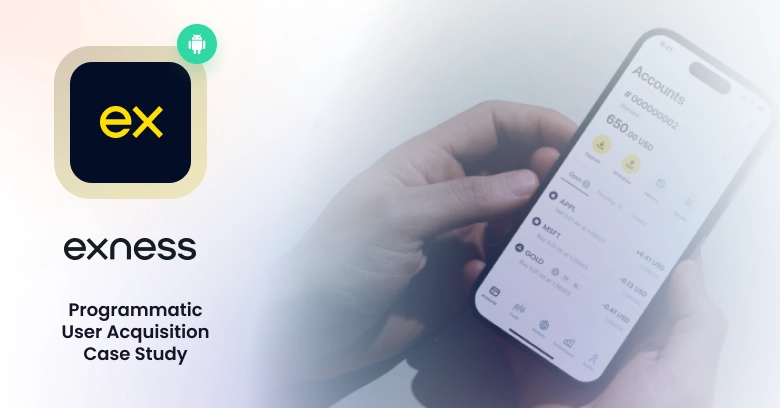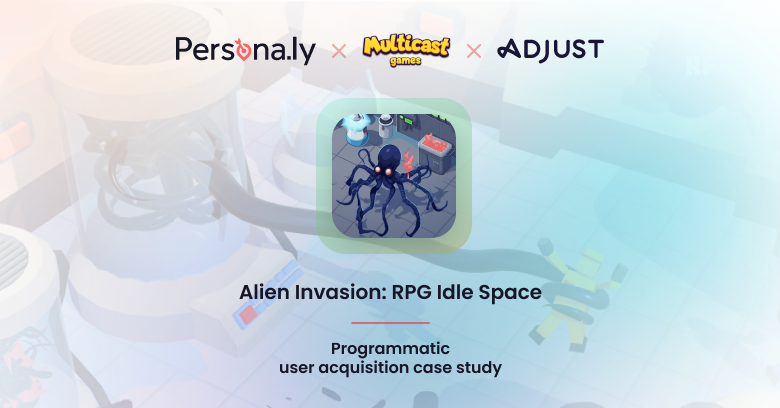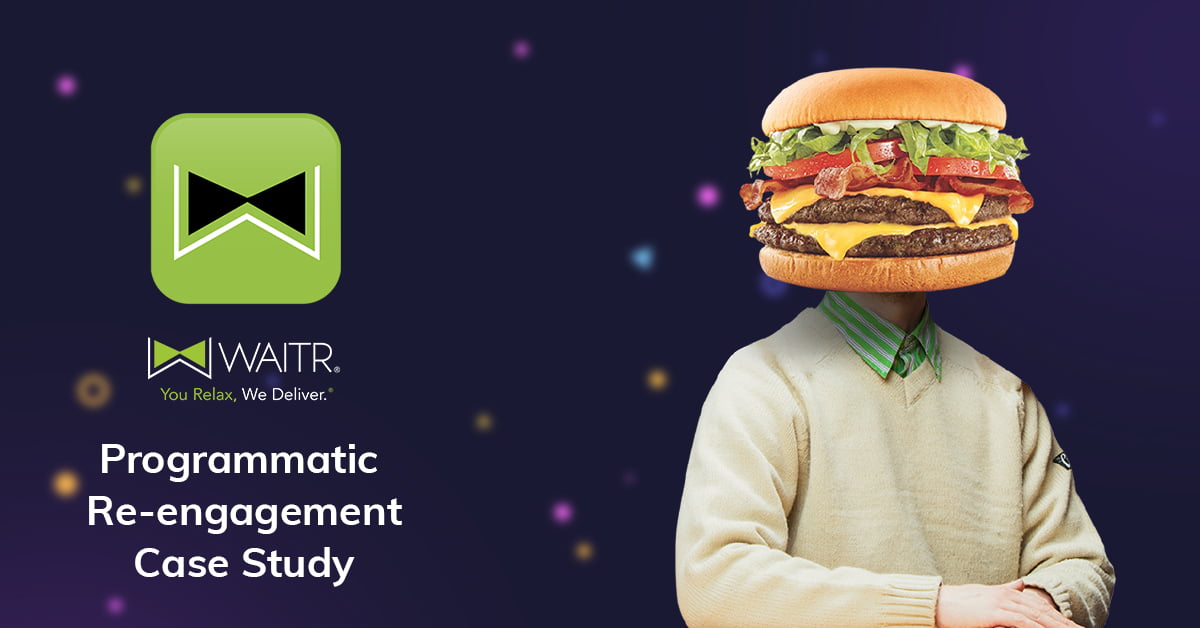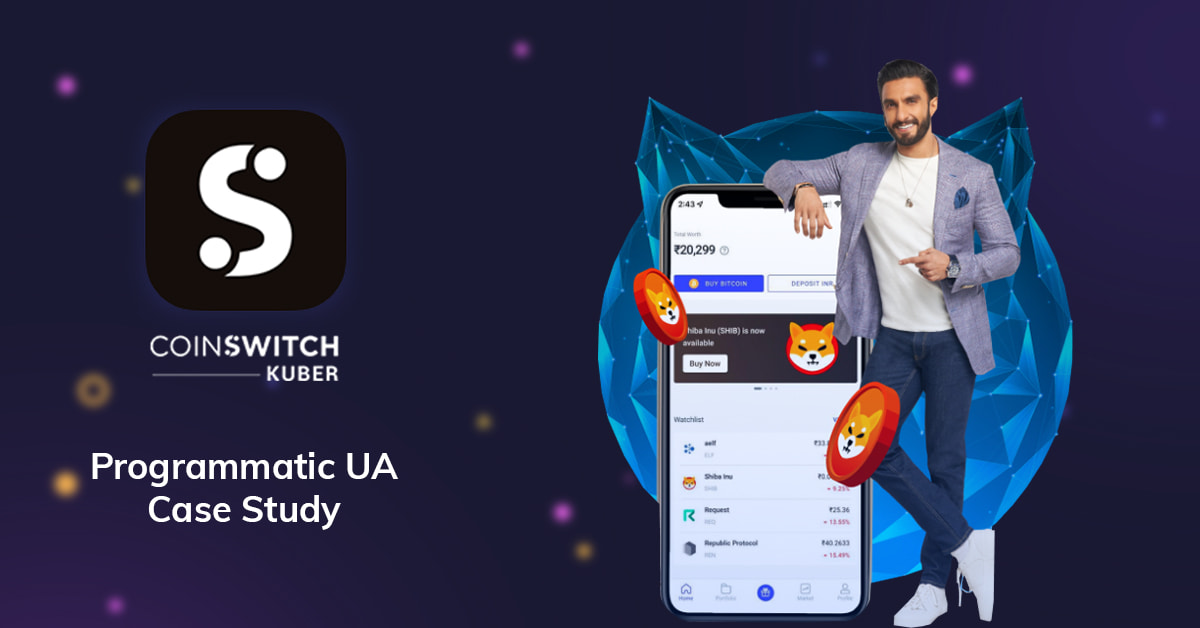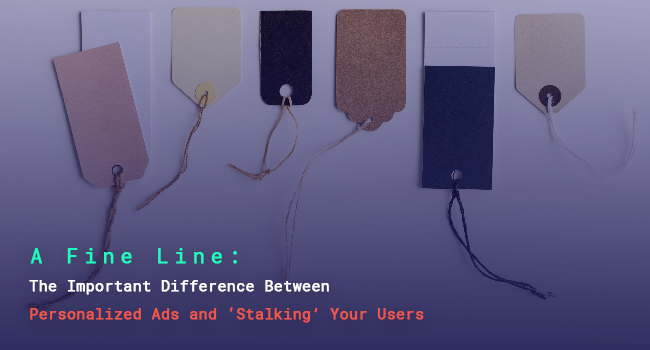
A Fine Line – The Important Difference Between Personalized Ads And ‘Stalking’ Your Users
Ads are everywhere, they always have been, but I mostly dismissed them. Lately, as I started working in the ad-tech field, I started noticing them more, thinking about them, playing with them (both metaphorically and by using my thumbs).
I noticed some stark differences between TV ads, road sign ads, online ads, and mobile ads. The ad that inspired this post was actually a TV mortgage ad that aired during a local Ninja Warrior episode, where they desperately tried to customize it to the show’s audience, but it felt so irrelevant that it inspired me to write about it.
The Obvious Yet Striking Difference Between TV and Online Ads
With online advertising and the many personalization options it offers, it’s really a struggle for TV ads to offer anything close to this customized experience. Even when you look at the best TV ads- the Super Bowl ads, you can see the limitations.
https://www.youtube.com/watch?v=jO553ijYaJw
The Tide ad that aired during the 2018 Super Bowl used known commercial genres to challenge the viewer’s expectations. You think it’s a car, beer, perfume, insurance, jewelry, soda or some other ad but it’s actually a Tide ad. It’s a great TV commercial because it’s surprising, funny, and universal! Everyone uses laundry detergent, but even such a successful ad illustrates TV’s biggest disadvantage – lack of personalization.
Another obvious yet significant disadvantage is that unlike online ads, TV ads are expensive to produce. The targeting options are very limited, there’s no reliable data whether it’s been seen and interacted with and there’s no clickable CTA. As Alan Wolk said:
“The beauty of digital advertising is that it is all about numbers, they know exactly who saw the ad, where they saw it, what they did next, whether they eventually bought anything remotely like the product. On TV, they know the ad ran, probably”.
Amazon Seems To Have Figured It Out
One problem that arose with online ads and their advanced targeting options is that it can create discomfort amongst users:
“Retargeting has reached a level of precision that is leaving consumers with the palpable feeling that they are being watched as they roam the virtual aisles of online stores”
Gavin Dunaway
The solution to this problem is to customize effectively, to create a real sense of personalization rather than induce a feeling of violation of privacy. It’s a hard goal to achieve, and very few have refined it into an art, Amazon succeeded.
“Amazon strives to create a personalized shopping experience for every customer. In a page titled ‘Your Amazon.com’, users are recommended a unique selection of products based on their past shopping behavior. According to research by McKinsey, a mind-boggling 35% of Amazon’s sales come from such recommendations”
Justin Yek
Amazon has two clear advantages: they have a really great recommendation algorithm and a whole lot of users. They improve their algorithm by directly asking their users to improve their recommendations, and they personalize their content without being aggressive – they ‘suggest’.
Their phrasing is carefully crafted:” Frequently bought together”, “Customers who bought this also bought” and “Recommended for you”. They offer help while disguising their intention of getting the user to add more items to the cart. They are trying to convey the message of ‘we’re doing this to help you, not just to sell you more products’.
Another important thing to note is that this is an e-commerce website, where a user enters with the intent of buying, or at least to look at products and compare prices, it’s not the same feeling as an ad following a user around.
Amazon’s case study shows that you can create a positive personalized user experience when the user’s intent “level” is high, but a more difficult challenge is to do the same with ads, where the intent “level” is virtually non-existent. The most feasible way to personalize in the mobile ads world is by using dynamic ads. Dynamic ads are customizable ads, they feature changing the content according to users’ behavior and data (preferably real-time data).
Real-Time Personalization Using Dynamic Ads
https://www.youtube.com/watch?v=_W5Eyldi3jU
This video is a great example of how dynamic ads work- the user looks at a backpack, changes to the color she wants but doesn’t complete the transaction. The ads she later sees from the store are of that same backpack in the same color, we see how the ad she sees differ from those of other users until she completes the transaction. This is the common use of dynamic ads for an e-commerce website.
The challenge with dynamic ads, which isn’t presented in this video, is how to lead users that are out of the platform (seeing an ad) into action. The variables are the content of the ads, how many times users see them, in which frequency, and how they change over time- all of these affect that tangible feeling referred to as personalization. When done right – it could lead to improved campaign performance. There is no one right answer, but there are ways that have been proven to improve personalization.
In our endeavor to personalize a playable ad, we used what we had already learned about personalization: strive to create a feeling of familiarity, without invading privacy and know when to show your ads, by measuring when and where users respond to your ads.
When creating a playable ad for the game Pirate Kings we wanted to highlight one of the game’s strongest features – social engagement. The gameplay has a spin the wheel mechanic, where users can win coins, attack other users, or take additional actions. Our personalization was relatively unassuming – in the ‘attack’ phase of the playable, where the user attacks a different user’s island, we emulated the social features of the game by creating the impression that users are playing against users from their country:

This allowed us to create a feeling of familiarity- playing against local users, without invading privacy- we’re not showing your location, but your opponent’s location. This playable ad ran with great results, and our analysis shows that using this pretty straight-forward personalization increased its performance overall.
We’re currently testing a variety of additional personalization options, one of which is similar to Amazon’s “Others that bought” method – dynamic ads that tell the users what the app they are seeing an ad for is like – what apps it’s similar to, based on the most commonly installed apps amongst its users, and based on other apps we know the end-users installed themselves. So far, we’re seeing that users’ reaction is positive, but we still feel that our phrasing needs more nuance, which is why we’re constantly A/B testing and removing the phrasing that seems to be lacking in performance.
If you think for more than five minutes about the different options for personalization with the right data, you’ll come up with at least five ideas that make sense. The possibilities are virtually infinite. We have a lot more to learn and improve and we have yet realized it to its full capacity. One thing’s for sure, it’s not boring.
